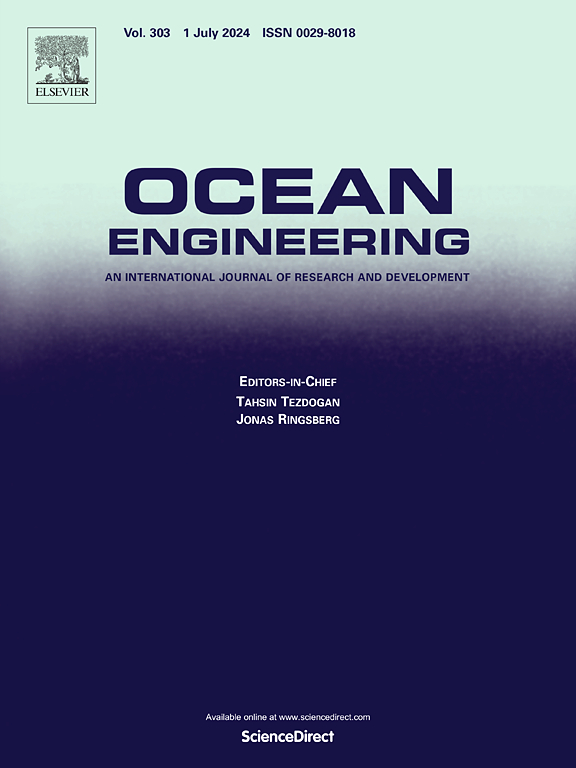Statistical spatial downscaling of significant wave height in a regional sea from the global ERA5 dataset
IF 4.6
2区 工程技术
Q1 ENGINEERING, CIVIL
引用次数: 0
Abstract
Global wave datasets typically provide coarse spatial resolution, which is insufficient for detailed regional applications. Recently, neural networks have been used for fast downscaling of environmental fields, while their inherent randomness can induce prediction instability. This study aims to enhance the spatial resolution of significant wave height (SWH) in a regional sea by proposing an ensemble neural network and multivariate linear regression. Model performance is evaluated for both self-variable downscaling from low-resolution SWH and cross-variable downscaling from low-resolution wind fields. SWH and wind data from the global ERA5 dataset in the western Black Sea are used as the low-resolution input, and high-resolution SWH data from a regional model are used as the reference. The results indicate that both models perform well in self-variable SWH downscaling. In cross-variable downscaling, the ensemble model yields reasonable results, while linear regression gives significantly higher errors. The ensemble method effectively reduces the prediction instability of the base neural network, while linear regression can serve as a simple and efficient baseline for spatial downscaling in the self-variable approach. This work provides valuable insights into downscaling methodologies, which are crucial for improving spatial wave predictions and supporting diverse coastal applications.
求助全文
约1分钟内获得全文
求助全文
来源期刊

Ocean Engineering
工程技术-工程:大洋
CiteScore
7.30
自引率
34.00%
发文量
2379
审稿时长
8.1 months
期刊介绍:
Ocean Engineering provides a medium for the publication of original research and development work in the field of ocean engineering. Ocean Engineering seeks papers in the following topics.
 求助内容:
求助内容: 应助结果提醒方式:
应助结果提醒方式:


